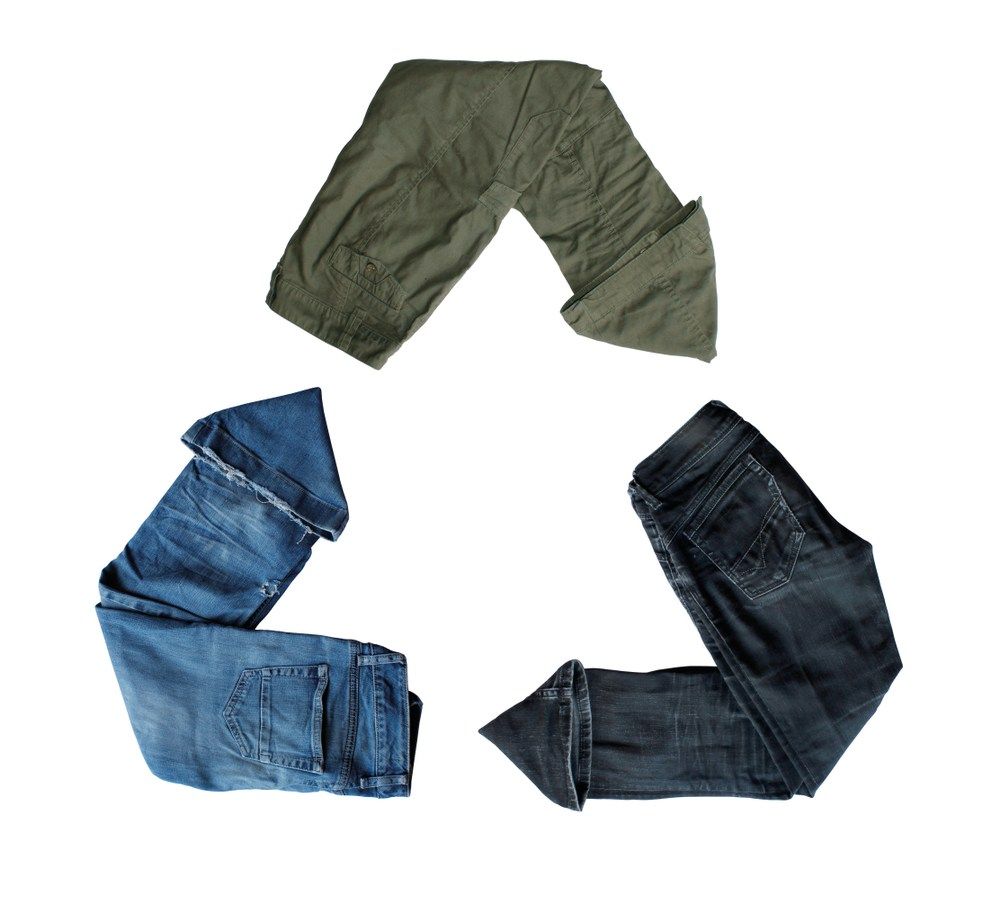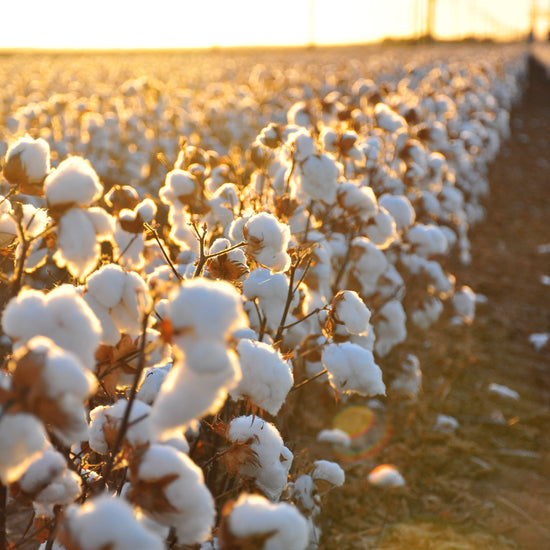The ugly truth of
The Fashion Industry
Fast Fashion
Fast fashion is the mass production & consumption of inexpensively made, poor quality, disposable clothing.
This cycle is fueled by clothes becoming cheaper due to unethically low wages paid to garment workers and failing quality of materials. With the help of influencers & social media 'hauls', fashion trends are accelerating the speed at which they're relevant, going as soon as they are coming. This creates an incentive for consumers to buy more often to keep up with the everchanging trends. AKA the 'More Mindset'.
Since the majority of such garments are made with synthetic fibers, unethically made, and mass produced by companies without a sustainability agenda -- the clothing items have a short life cycle. Items that the retailers don't sell aren't recycled or donated, but are often dumped into landfills or incinerated. (Thats besides the millions of garments actually purchased by consumers.)
The fashion industry produces a jarring 80 billion garments anually. (The current world population is under 8 billion.) Producing, manufacturing and transporting the billions of garments produced each year uses a lot of energy, which is just the first half of the problem with fast fashion...
Environmental Impact
Excessive Water Usage
Textile factories that are mass producing garments often release untreated & toxic wastewater back into their communities' waterways. This textile waste contains poisonous substances like lead, mercury, arsenic, etc. that are extremely harmful to humans and aquatic life. These now toxic streams and rivers eventually flow back into the ocean and pollute that as well.
NOTE: The fashion industry contributes 20% of all industrial water waste.
To create one pair of jeans it takes 1,800 gallons of water to grow enough cotton to produce that one pair jeans.
Microfibers
Synthetic fibers require far less water than cotton for production and they don’t require toxic pesticides to grow. However, that is not enough to make then enviromentally friendly.
Microfibers are a type of microplastic that gets released when we wash synthetic clothing such as polyester and acrylic. One piece of clothing can release 700,000 fibers in a single wash
Polyester is now used in about 60% of our clothes. But, if we take into account the fossil fuels used in its production, CO2 emissions for polyester clothing are nearly three times higher than for cotton!
30% of ocean plastic pollution could come from microplastics from running our washing machines. These microfibers cannot be extracted from the water and they can spread throughout the food chain. There are 1,900 individual fibers that can be rinsed off a single synthetic garment and end up in our oceans.
Greenhouse Gasses
Between manucaturing, supply chain, and waste the fashion industry is responsible for 10% of annual global carbon emissions.
Human Rights
The right to a living wage, allowing the worker and their family to meet basic needs, is a basic human right. Garment workers -often women- work for long hours and are often paid low wages that just meet the legal minimum, which is far below the living wage.
Wage reductions and dismissals are commonly threatened by factory managers demanding overtime work. A report found that 94% of Cambodian factories investigated violated overtime regulations, and that a factory dismissed 40 workers who refused to do overtime work.
Women make up the majority of the workforce in the garment industry in most countries. These women in these garment producing countries face discrimination making them particularly vulnerable to abuse and exploitation.
Child labour is still a serious problem in the fashion industry. While many governments and corporations try to deny the existence of child labour in registered garment factories, research suggests otherwise. Research suggest that about 16.7 million children, between the age of 5 and 17, work in South Asia. Approximately 10.3 million of them are under 15. The unsafe working conditions in the fashion industry have a greater impact on children’s development and health.
Why Thrifting Matters
By choosing to shop secondhand, with each purchase you help prevent a massive waste of energy and resources on the production of new clothes. It is decreasing the demand for production of additional items. Buying clothing secondhand is an effective way to lower your personal carbon footprint and a small step towards reducing the world's.
You are reducing energy consumption, air pollution, mountains of landfill, and keeping our oceans cleaner.
You're giving new life to clothing that was destined for our landfills. It keeps clothing in circulation for longer.
Make the Change
Shop more sustainably!
1. Do you need it?
Do you need to buy this item? How often will you wear it?
2. Do your research
Learn more about eco-friendly materials and where your clothes come from. Are those workers being respected and treated fairly?
3. Shop secondhand
Before purchasing something new, shop around at your local thrift and resale shops first!
4. Choose quality
Buy well made items that are going to last rather than cheap items will only last one wear
5. Eco friendly materials
Choose to buy organic, biodegradeable fabrics over toxic sythetics materials
6. Shop local
Garments that are locally produced have a smaller carbon footprint and it helps to strengthen your local community
7. Use a reusable bag
By using a reusable bag you are eliminating waste from your home and the enviroment
8. Wash less
Many garments contain microfobers that get released when laudnered. Wash when needed
9. Make it last
Take care of your items and follow care insturctions to ensure they are long lasting

What is Sustainability?
Sustainability is meeting our own needs without compromising the ability of future generations to meet their needs. It’s a balanced concept with the ultimate goal of sustaining the world in which we live. In fashion, for a garment to be considered ‘sustainable', it should be eco-friendly, ethically made, and long lasting.
By the Numbers...
-

85% to the Landfill
READ MORE HEREApproximately 85% of textiles go to our landfills each year. That's one garbage truck of textiles to the landfill every second! Only 15% of clothing is donated or recycled. Many retailers will destroy, incinerate, or dump unsold clothing.
-

Contributes 10% CO2
READ MORE HEREThe apparel industry is responsible for emitting 10% of the global CO2 annually. Most emissions come from raw materials, so improving the way we produce polyester and cotton could have a huge impact.
-

20 Trillion Gallons
READ MORE HEREOver 20 trillion gallons of water are used to manufacture garments each year. It takes 1,800 gallons of water to make one pair of jeans. By buying clothing new it keeps down this production demand. The apparel industry is the second largest consumer of the worlds water supply.
Textile Mountain
Use Consumer Power For Good
Choose to make eco friendly changes in your shopping habits to fight the demand of mass production of products that are polluting our planet. Help scale down the excess waste and harmful toxins that end up in our enviroment.
Help to sustain the natural world for the benefit of people and nature




